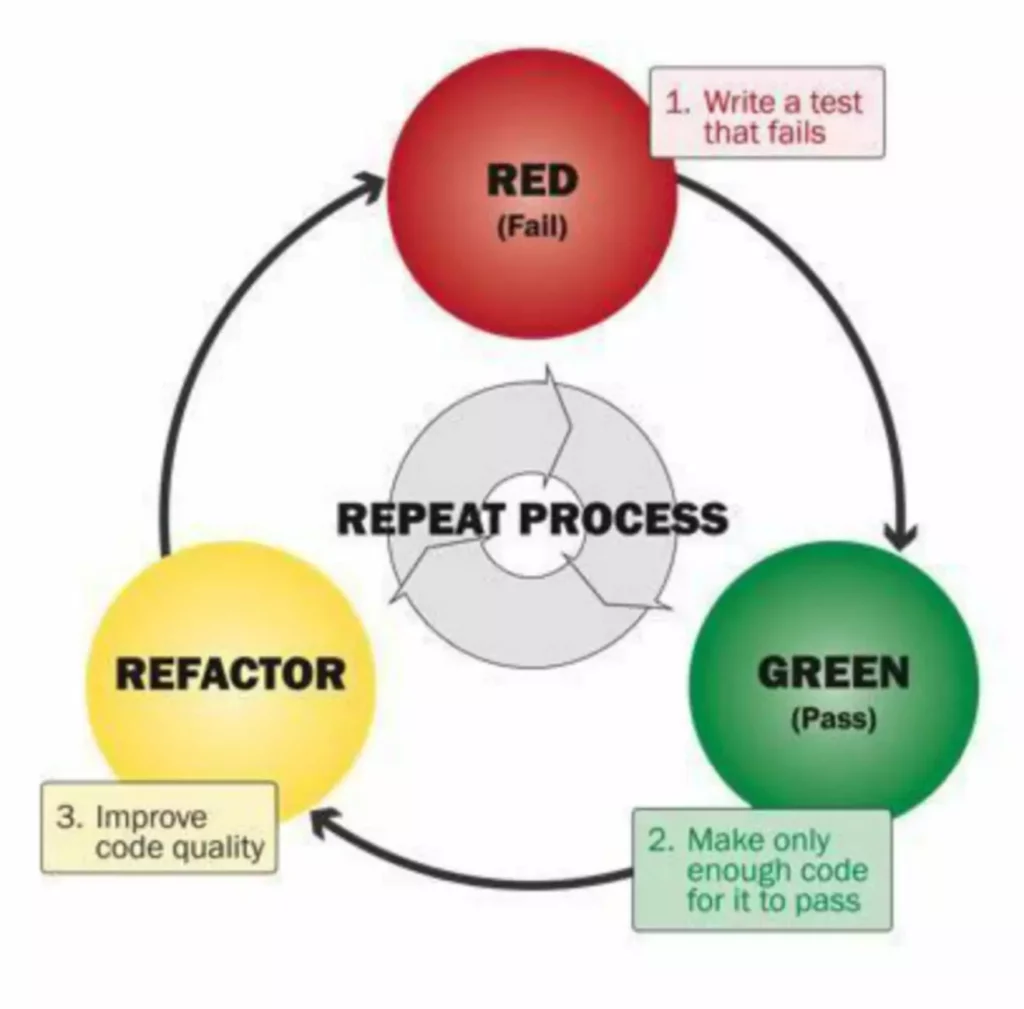The variations, trade-offs, and similarities between most common internet rendering options and why you should care about them as a developer. Ray tracing simulates real-world lighting by calculating the paths of sunshine rays, producing sensible shadows, reflections, and refractions. These facts thought of, net developers must pay cautious attention to the necessities for bots and people to maximise https://deveducation.com/ search engine optimization performance.
Streaming SSR is a sophisticated server-side rendering technique that progressively sends HTML in chunks to the browser somewhat than ready for the whole web page to be generated. This reduces time-to-first-byte (TTFB), permitting users to see and interact with initial content sooner. Progressive hydration requires figuring out which elements of the page should be hydrated first to optimize perceived performance.
JavaScript rendering is a important facet of web growth that instantly impacts user expertise and efficiency. Understanding the various sorts of rendering, client-side and server-side, and tips on how to optimize JavaScript rendering is crucial for creating fast and efficient web applications. By following these best practices, developers can create responsive and interactive web functions that provide a seamless person expertise. In the world of net development, JavaScript plays a vital function in enhancing consumer experience and interactivity. One necessary side of JavaScript development is rendering, which refers again to the means of displaying net content material on a browser.

The Netlify Platform
This may help scale back the number of reflows and repaints, enhancing general performance. The page is SSR rendered and may be static (cached), and the dynamic half comes with streaming utilizing Suspense boundaries. The three options talked about above (SSR, SSG, and CSR) are the foundations of web rendering. To combat the cons, builders have tried to mix these methods.
How Briskly Is Your Website?
You won’t wish to use SWR for pages displaying information that should be correct and up to date, such as pricing data. You’ll additionally need to generate a fallback web page to serve if you’re using SWR/ISR to generate new pages, simply to ensure your website doesn’t look broken or serve a 404. With potentially megabytes of JavaScript to process on pages utilizing CSR, your site might end up being gradual to load and present knowledge.

Server-side Rendering (ssr)
As Quickly As rendered, the interpreted HTML file is prepared for indexing within the search engine. Loading photographs and resources asynchronously can help improve page load instances and scale back what is rendering in programming the strain on the browser. Contemplate lazy loading photographs beneath the fold or off-screen parts to prioritize loading content that is visible to the person.
What Render Means In Internet Development?
- This implies that builders can give attention to the performance of the website with out having to fret about how it will look.
- Web Page render speed is measured from when the browser request is sent (when a person clicks on a link) to when the web page becomes fully useful to the consumer.
- Nonetheless, search engine bots can wrestle to crawl these web sites, which negatively impacts search engine rankings and natural traffic.
When that web page is updated, a rebuild of that page is not triggered immediately, but the subsequent time someone requests that page. Incremental Static Regeneration (ISR) is Next.js’s proprietary implementation of a caching pattern called Stale While Revalidate (SWR). This allows for the regeneration of single statically rendered pages that have been modified, quite than rebuilding a complete website from scratch. With SWR, you can publish adjustments to a particular web page — by way of a webhook set off in a CMS, for instance — with out triggering a full web site rebuild, resulting in faster website updates. As the web developed, the need for larger sites and extra dynamic experiences emerged, and with this came the rise of Server-Side Rendering (SSR). SSR is a rendering technique the place web pages are built on a server on the time of the request.
This implies that you can use ESR to improve your static sites and pages at the time of the request. ESR is a superb candidate for personalization, localization, internationalization and extra — providing a type of super-powered SSR wherever your website visitors are around the world. Static rendering is still a fantastic option to use at present, and is particularly suited to websites serving a single HTML file, corresponding to a single landing page of content. And a single HTML file is tremendous straightforward to host on Netlify, both by way of connecting a Git repository, or importing by way of Netlify Drop. With Edge-side Rendering (ESR), content is rendered and served at edge servers, which are geographically distributed closer to customers.
However, many search engine bots wrestle to process JavaScript readily3. Consequently, websites that use JavaScript to house most of their content and navigation run the danger of being invisible to the online crawler. Dynamic rendering addresses this problem by rendering an internet web page as described above for the human person, whereas additionally rendering static HTML for a search engine bot to crawl and index. This method is among the greatest ways to deliver a lightning-fast, interactive website. Its major drawback is similar as that of the static rendering approach. Since you have to construct all pages at construct time, coping with extremely dynamic content material is extra difficult.

When a user requests an online web page from a server, the server runs the appropriate code to generate the HTML for the page and sends it back to the user’s browser. The browser then reads the HTML and shows the web page on the user’s display. There are several reasons why rendering is necessary in net growth. First, it permits for the separation of issues between the data and the presentation. This signifies that developers can focus on the performance of the website with out having to fret about how it will look.
It covers key ideas, techniques, and applications, geared toward helping builders and designers understand and implement efficient rendering strategies of their projects. Client-side rendering has turn out to be increasingly in style lately as a end result of its dynamic and interactive capabilities. With client-side rendering, the browser downloads a minimal HTML file containing JavaScript code.
